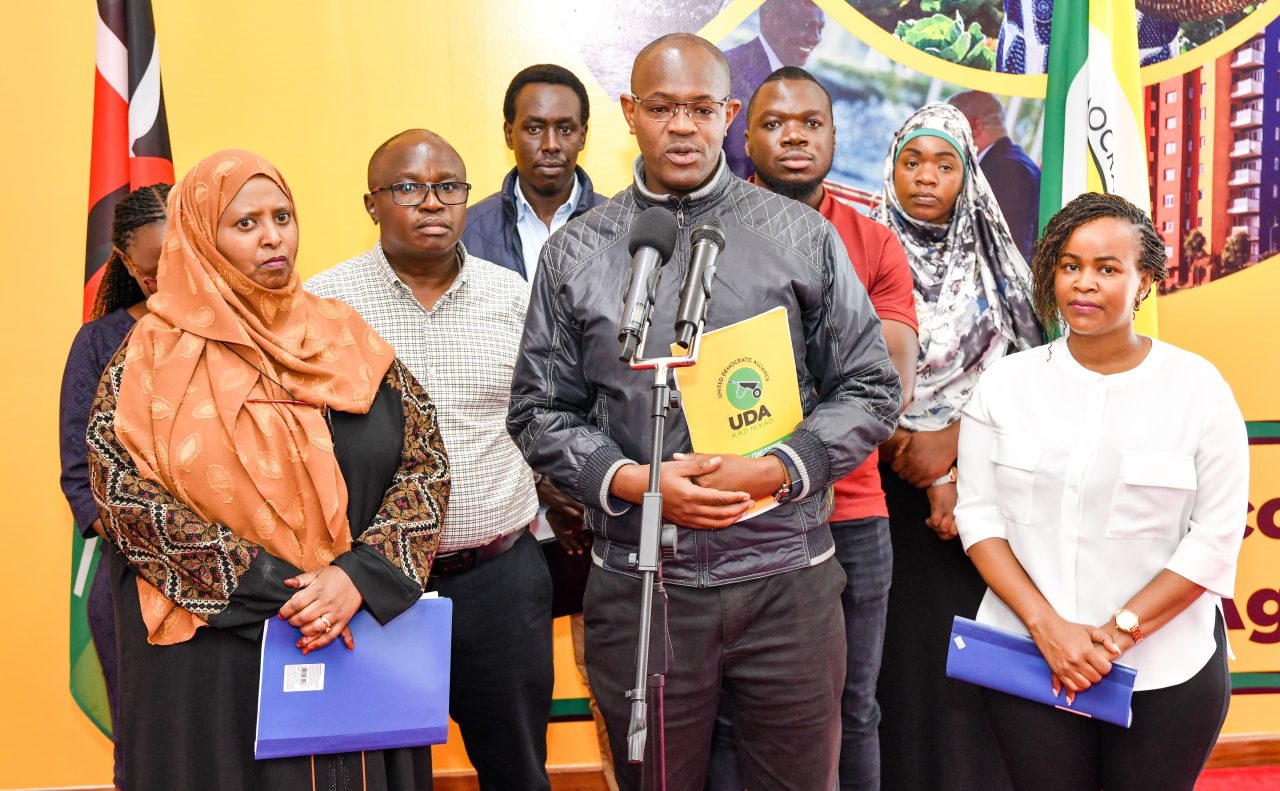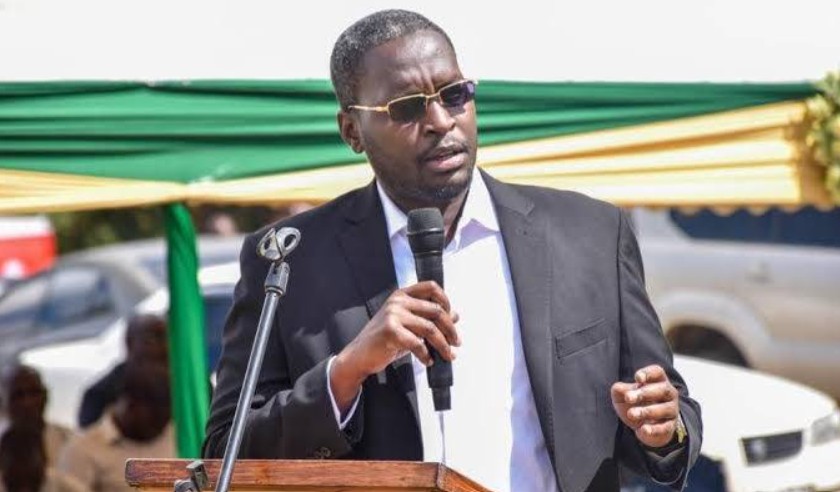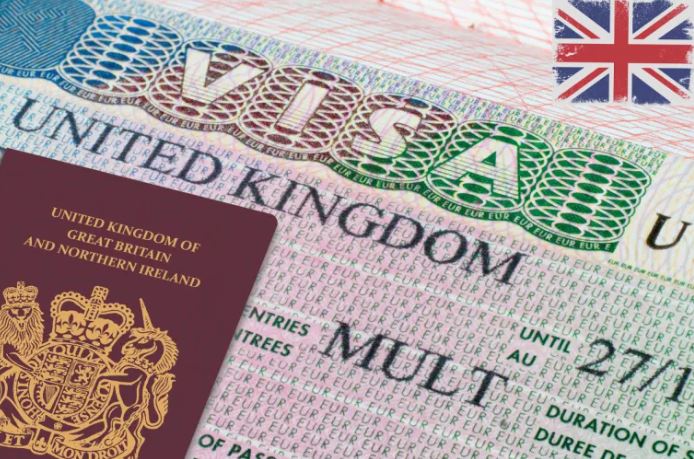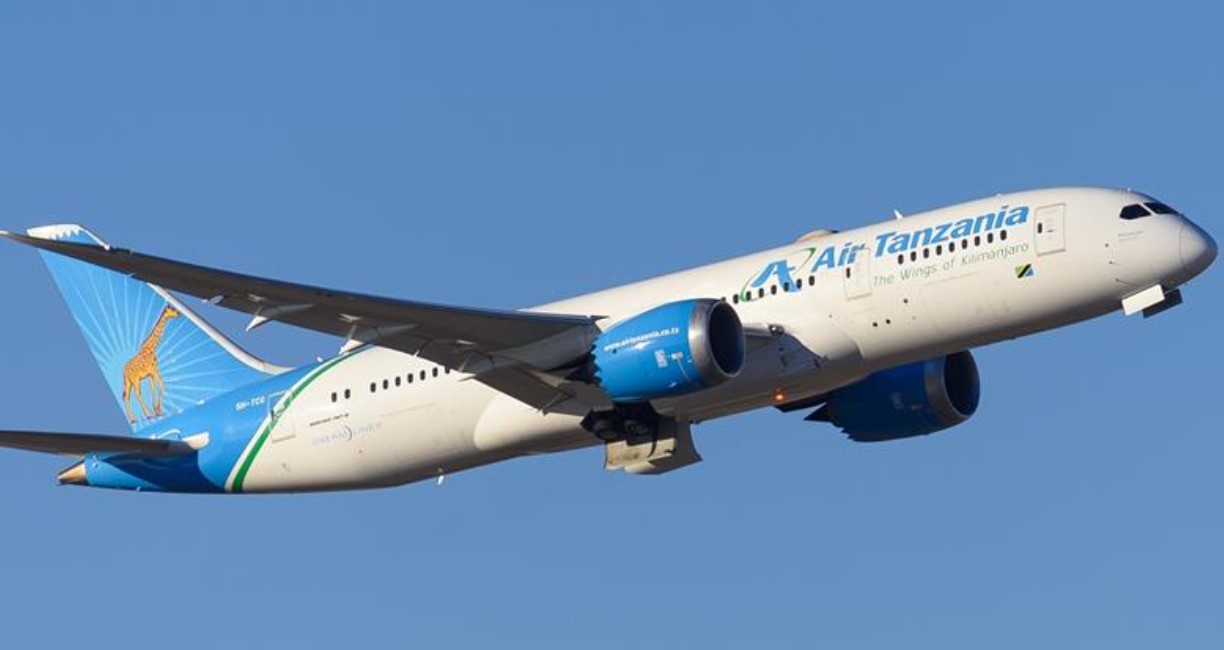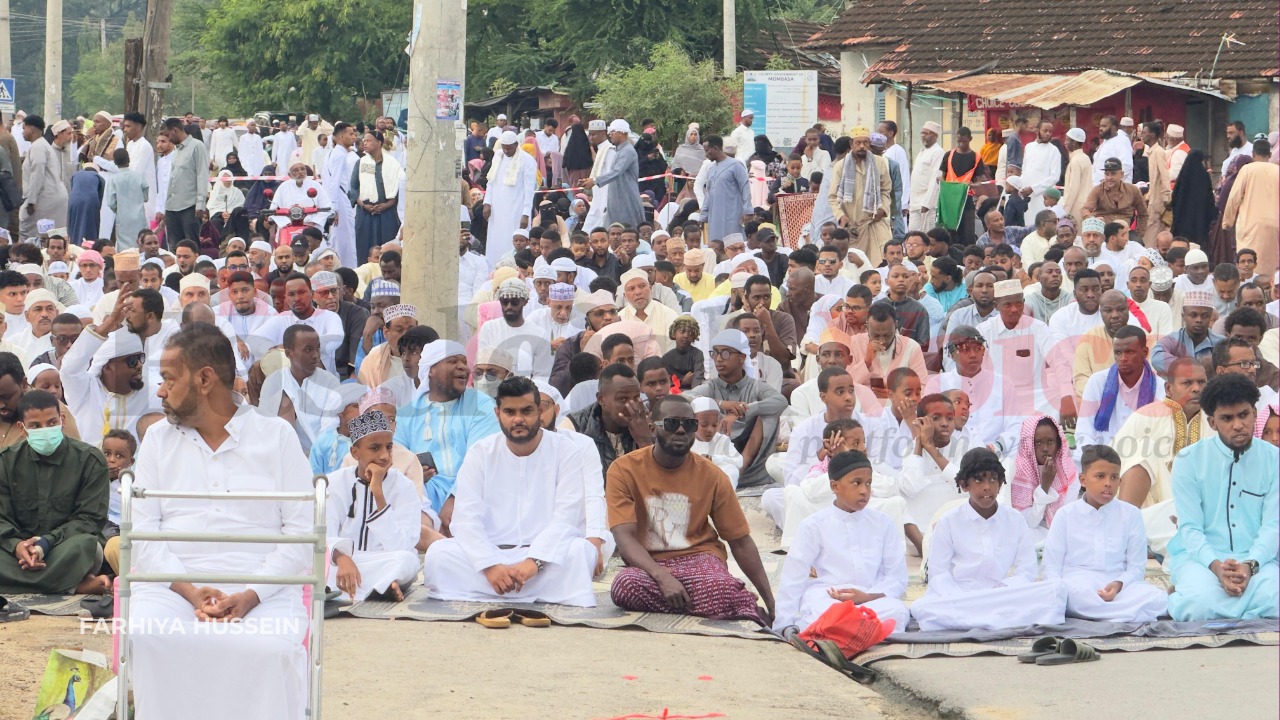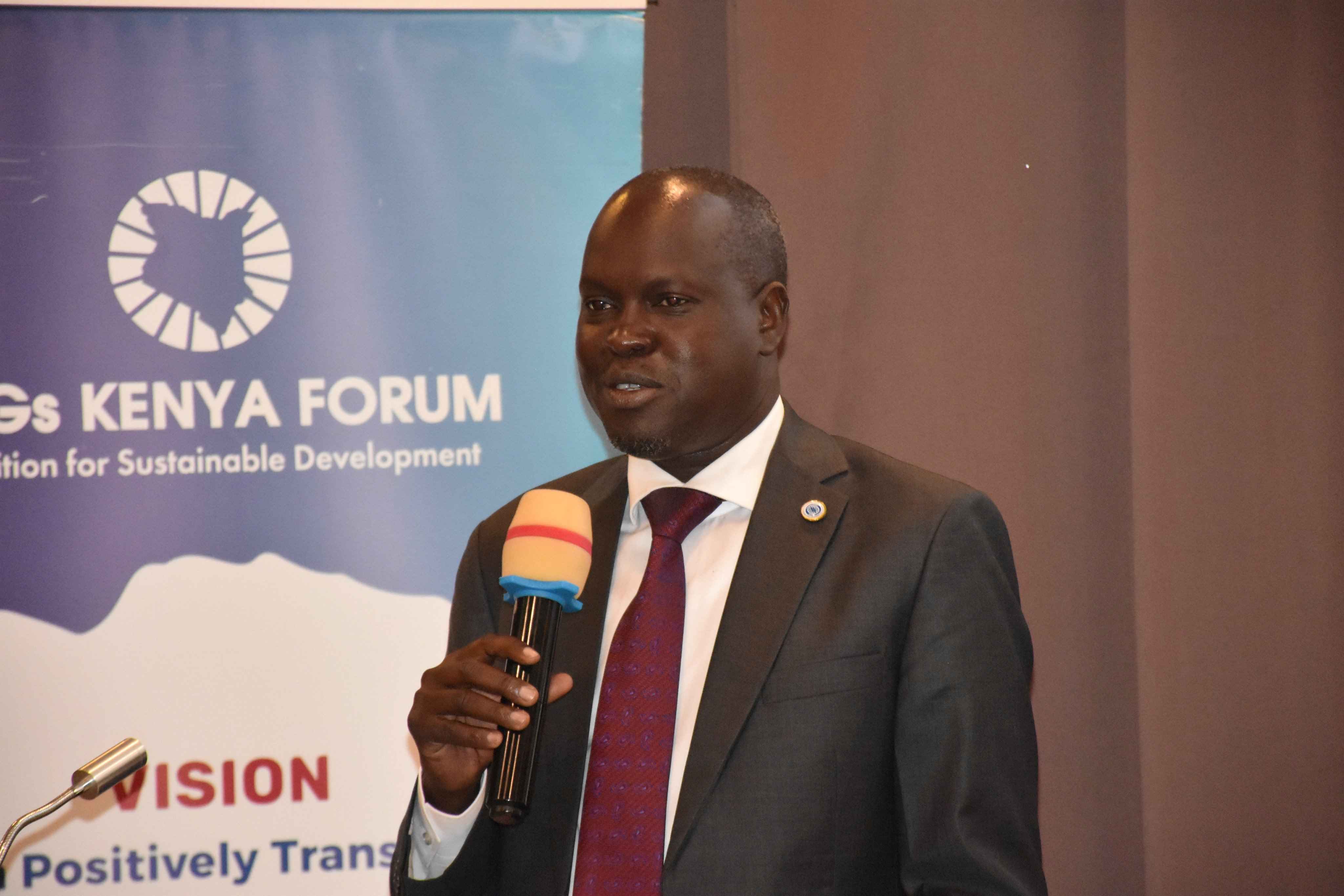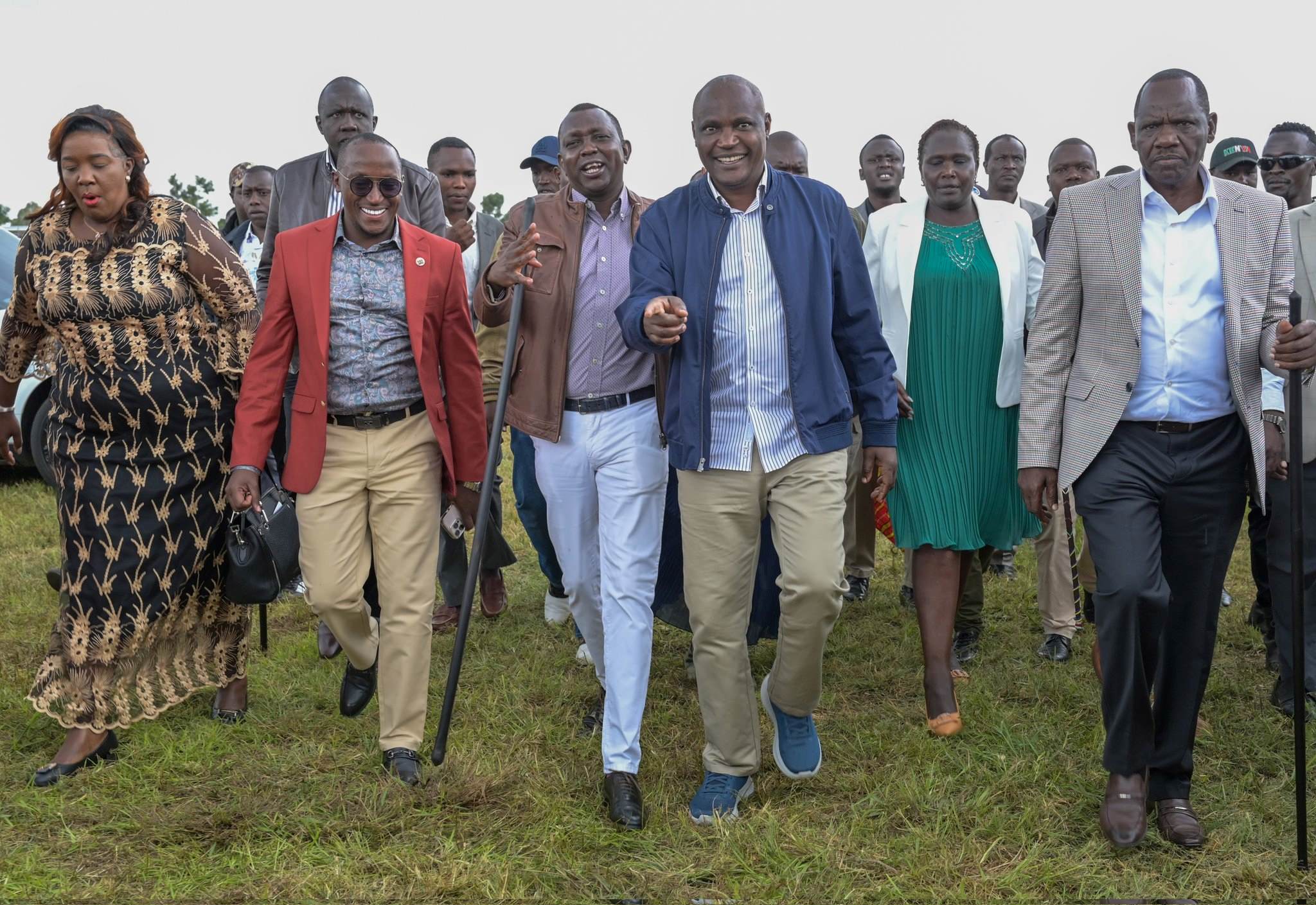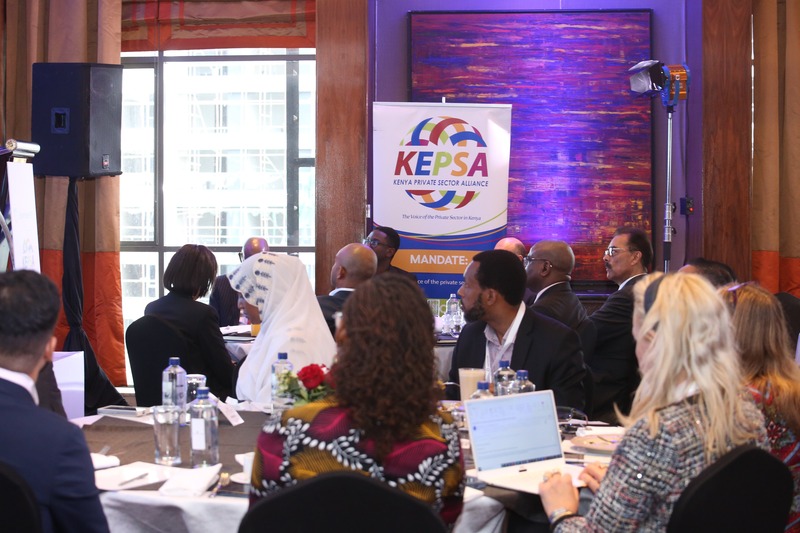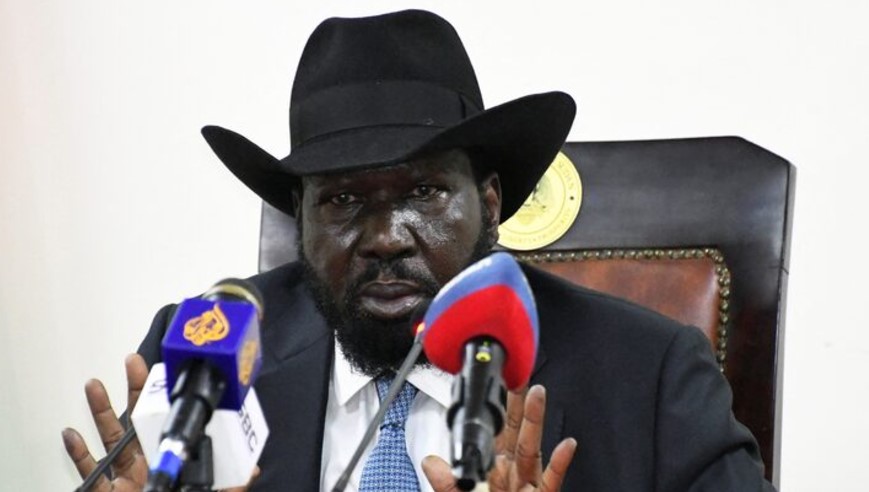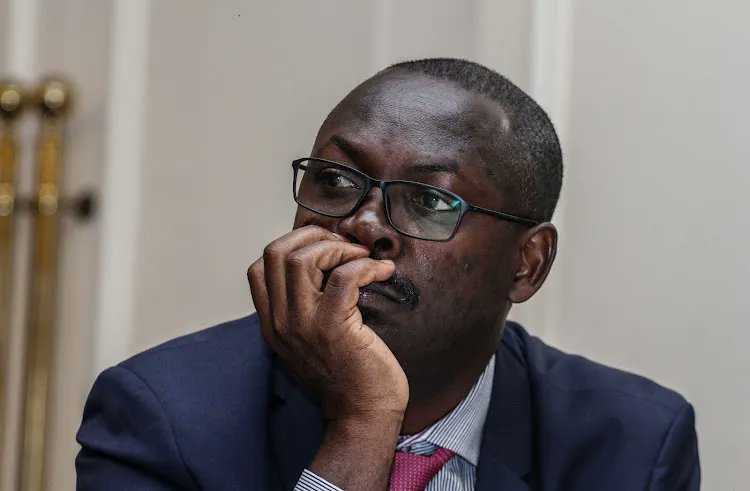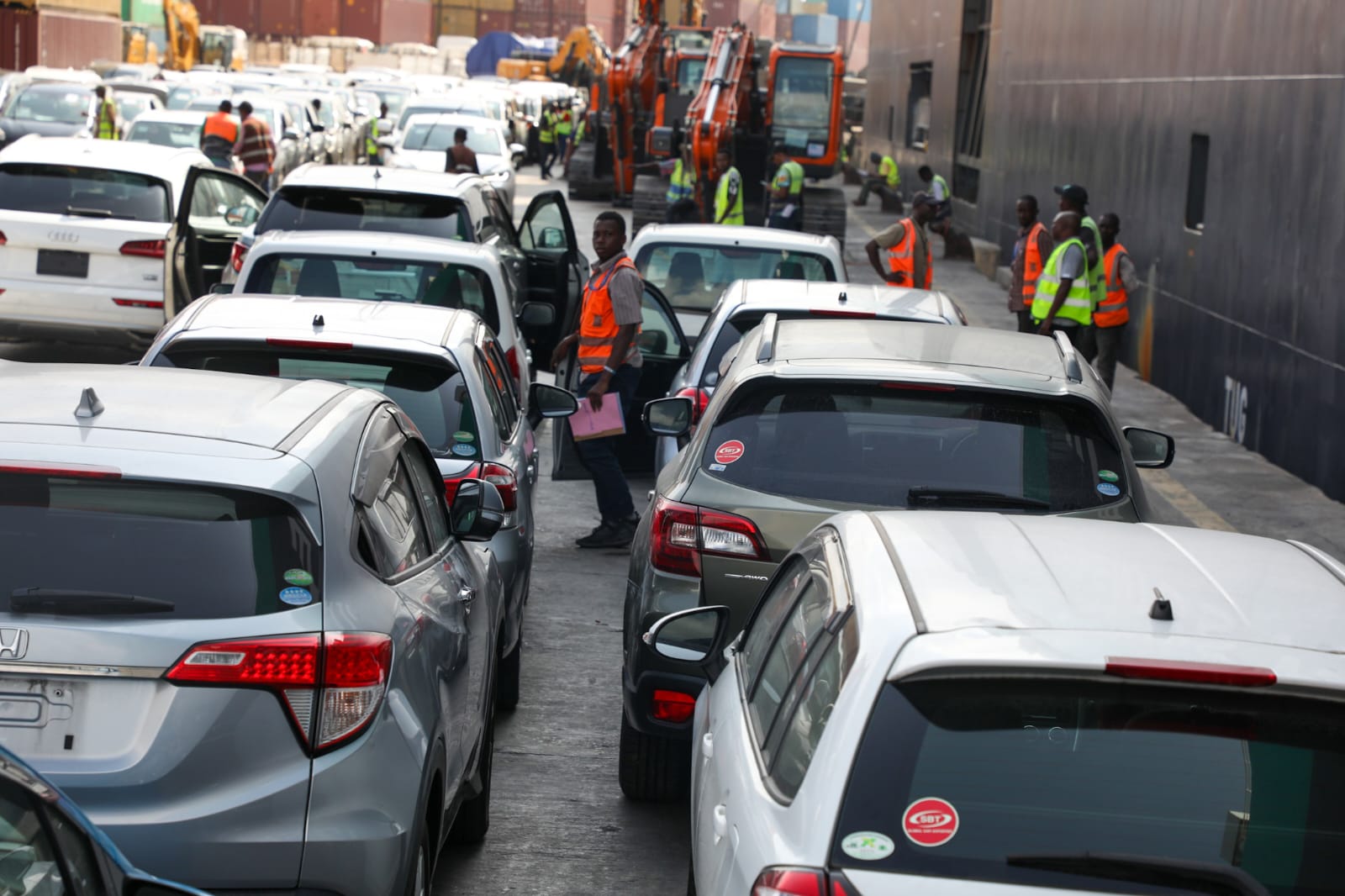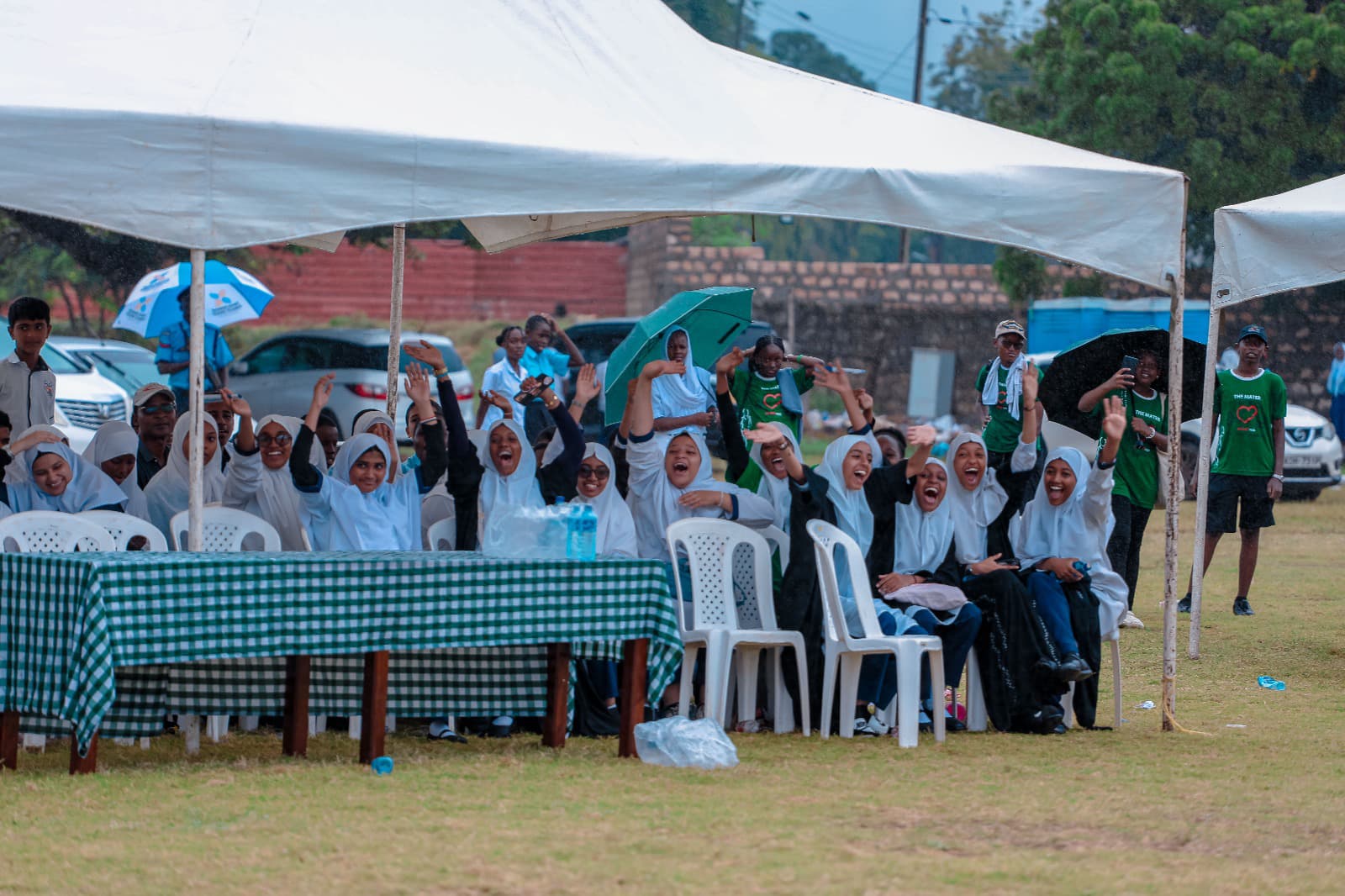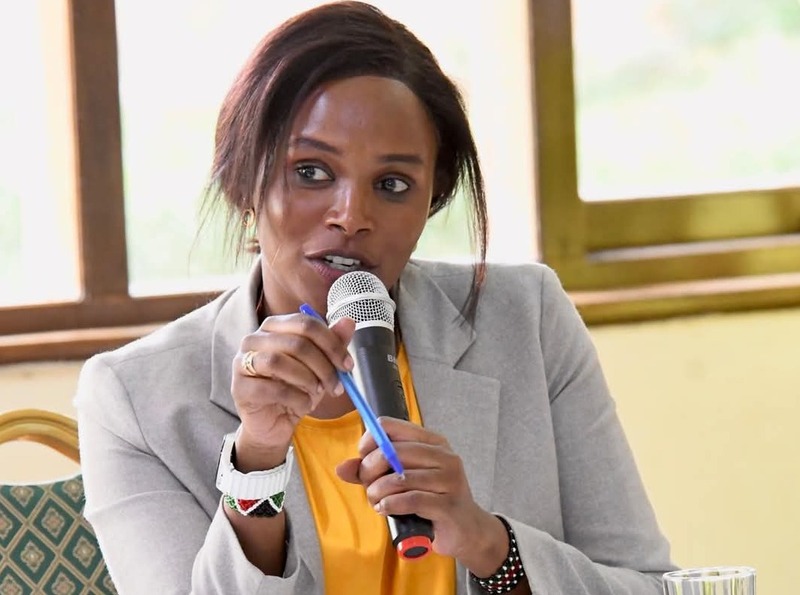Free education in jeopardy as CS Ogamba reveals only half of school funds released
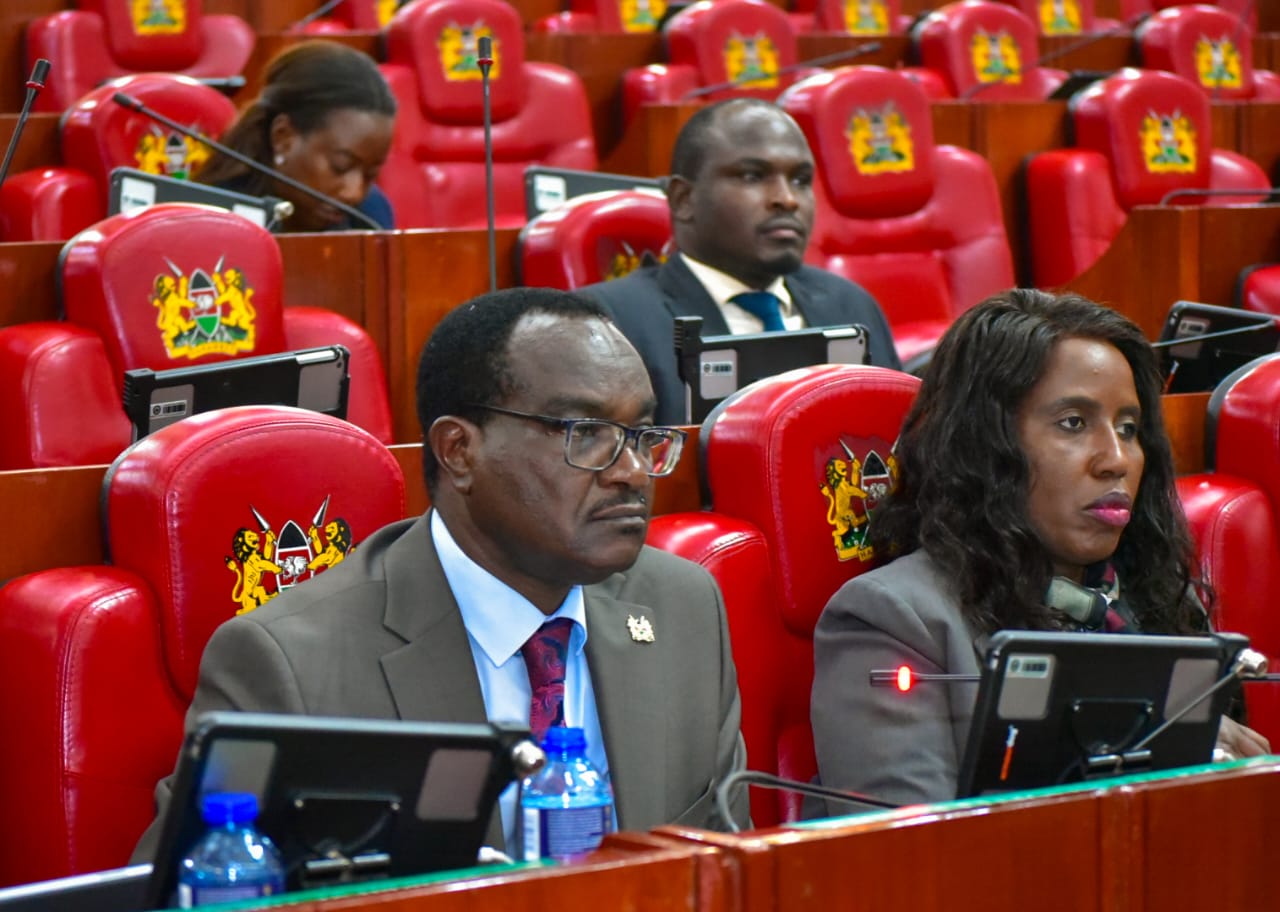
MPs have raised the alarm over delays in the disbursement of capitation funds to schools, warning that the financial strain could undermine the provision of free and compulsory education.
Education Cabinet Secretary Julius Ogamba has told Members of Parliament that only half of the money allocated to public schools has been released this financial year, sparking fears about the future of free education in the country.
Speaking before the National Assembly Education Committee on Thursday, Ogamba revealed that despite schools being well into the second term, funding remains far below what was budgeted.
More To Read
- MPs raise alarm over missing Sh4.2 billion earned from housing levy investments
- CBK Governor Kamau Thugge sent away by MPs for submitting incomplete diversity reports
- Lobby group Okoa Uchumi warns 2025 budget will raise costs, deepen inequality in Kenya
- Special needs teachers lose bid to stop union deductions by TSC
- Government unveils CBE to replace CBC, promising skills-focused learning and 100pc transition
- Funding crisis looms over universities, TVETs as HELB and exam budgets slashed
“I didn’t come with that figure. The figure raised by MP Robert Mbui of Sh64 billion could be correct. The question we are grappling with is: what do we do with it? Yet we’re still not getting what we budgeted for,” Ogamba said.
MPs have raised the alarm over delays in the disbursement of capitation funds to schools, warning that the financial strain could undermine the provision of free and compulsory education.
The meeting followed a request for a statement by MP Mbui, who noted that in Term One of 2025, schools had only received Sh14 billion out of an expected Sh28 billion, resulting in acute cash flow challenges and accumulated pending bills.
“How free is education in Kenya if schools are forced to run on half their budgets?” asked MP Rebecca Tonkei. “The government must address how schools are expected to operate amid such financial uncertainty.”
CS Ogamba confirmed that the ministry had disbursed only Sh28.8 billion for 3.2 million learners, leaving a deficit of Sh7.5 billion for the current financial year.
The funds were released in two tranches, January and March but remained short of the required Sh36.3 billion for the term.
“We disbursed 50% of the budgeted amount in two tranches, but the printed estimates had a deficit. That’s a reflection of the fiscal pressure we are under,” Ogamba explained.
At the primary level, learners receive Sh1,420 annually, paid in three terms at a 50:30:20 ratio.
However, this falls short of the Sh2,238 per learner recommended by the Presidential Working Party on Education Reform. Similarly, junior secondary schools are receiving only half of the allocated Sh15,043 per learner.
Committee Chair Julius Melly emphasised the urgent need for sustainable solutions.
“Free education must be meaningful. Our population is increasing at almost 5% annually. We must find workable and sustainable solutions to fund the sector,” he said.
Melly also explained that while budgeting relies on enrollment data from the National Education Management Information System (NEMIS), actual disbursement has shifted to the Kenya Education Management Information System (KEMIS) to address persistent data issues.
“We had to move to KEMIS because of the persistent challenges in NEMIS,” he said.
However, MPs expressed dissatisfaction with the ministry’s explanations. MP Clive Gesairo questioned how the ministry could be unaware of the pending bills, calling it a “serious gap in planning.”
“The Ministry must know the exact debt it owes schools,” he said.
The Committee also learned that each primary school learner is entitled to Sh1,420, junior secondary learners Sh15,043, and secondary school learners Sh22,244 annually.
However, not all funds reach schools due to deductions, Sh75 per primary pupil goes to the Kenya Institute of Curriculum Development for textbooks, and Sh20 supports co-curricular activities.
Regarding examination funding, Ogamba clarified that national exams are funded separately through the Kenya National Examinations Council (KNEC) and are not covered by capitation funds. Internal exams receive smaller allocations, including Sh36 per primary learner and Sh647 for junior secondary schools.
To improve timeliness, the ministry now disburses capitation funds based on school terms—50 percent in Term 1, 30 percent in Term 2, and 20 percent in Term 3.
Ogamba cited delays in exchequer releases and erroneous data uploads by schools as major causes of disbursement delays.
He urged MPs to support increased budget allocations in the upcoming financial year.
“We appeal to this Committee to support the Ministry in securing funds at the approved rates to ensure that no school is left behind,” Ogamba said.
Deputy Minority Leader Robert Mbui suggested introducing some form of cost-sharing to ease pressure on the ministry.
“If you feel that it may be difficult for the ministry to afford it, then at some point you need to introduce some form of cost-sharing so that parents can assist. That could be better than insisting that you are funding education, yet it’s the children who are affected,” he said.
“I think we need to have this conversation as a country: can we afford to continue fully funding education with the increasing numbers and the lack of resources we are experiencing?” Melly posed.
Members also questioned why significant amounts of capitation funds remain held by the ministry.
For example, while primary school children are supposed to receive Sh76 each for co-curricular activities, Sh40 remains with the ministry instead of reaching schools.
Top Stories Today
